The tuning fork clock
I got the inspiration for this project after reading this article on another tuning fork clock on Hackaday last year. And since I was, at the time, burdened with an overly loud mechanical clock on my desk I thought that this might be a perfect project to replace that clock with something just slightly less annoying.
Designing the oscillator
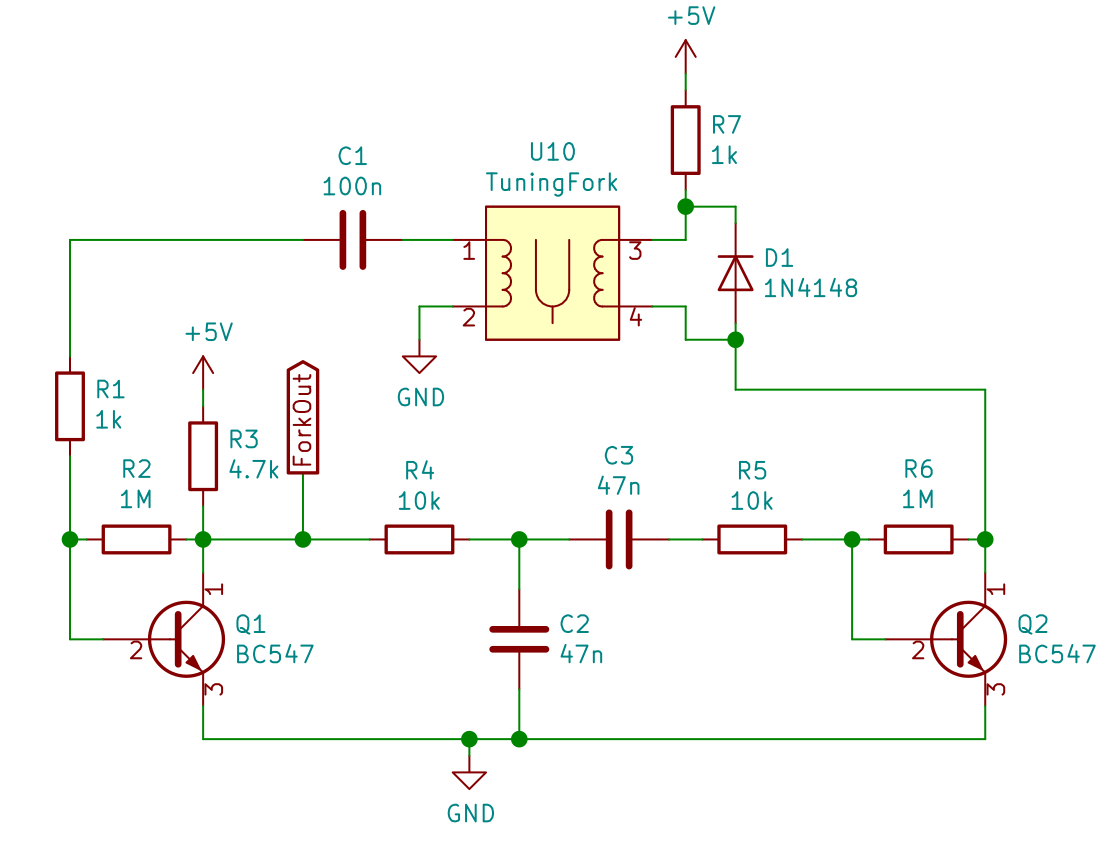
I really liked the general concept and started doing some experiments on how to build my own tuning fork oscillator. While I liked the idea of driving the fork magnetically as in the original project I thought it would be much nicer to also sense the vibration magnetically.
Of course the tuning fork doesn't have it's own magnetic field so I designed a 3D printed holder which would contain both the inductors which I use as driving and sensing coils and a neodymium magnet which would generate an external field. Similar to a guitar pickup the motion of the tuning fork inside that field generates disturbances which can be picked up by the sense coil and amplified.
I needed a way to add positive feedback between the sense and drive coil to keep the tuning fork going, so I designed a simple transistor based amplifier circuit that integrates some filtering to minimize harmonics.
The output of the sense coil is amplified by a single stage common emitter amplifier and filtered by a passive bandpass filter centered roughly around 440Hz. From there the signal is fed into a second transistor amplifier which powers the drive coil.
This circuit is surprisingly effective and is able to sustain the oscillation of the fork down to less than three volts while drawing around 1mA. When running at 5V, like in the finished clock it's also sensitive enough to be self starting, eliminating the need to tap the fork to get the clock going.
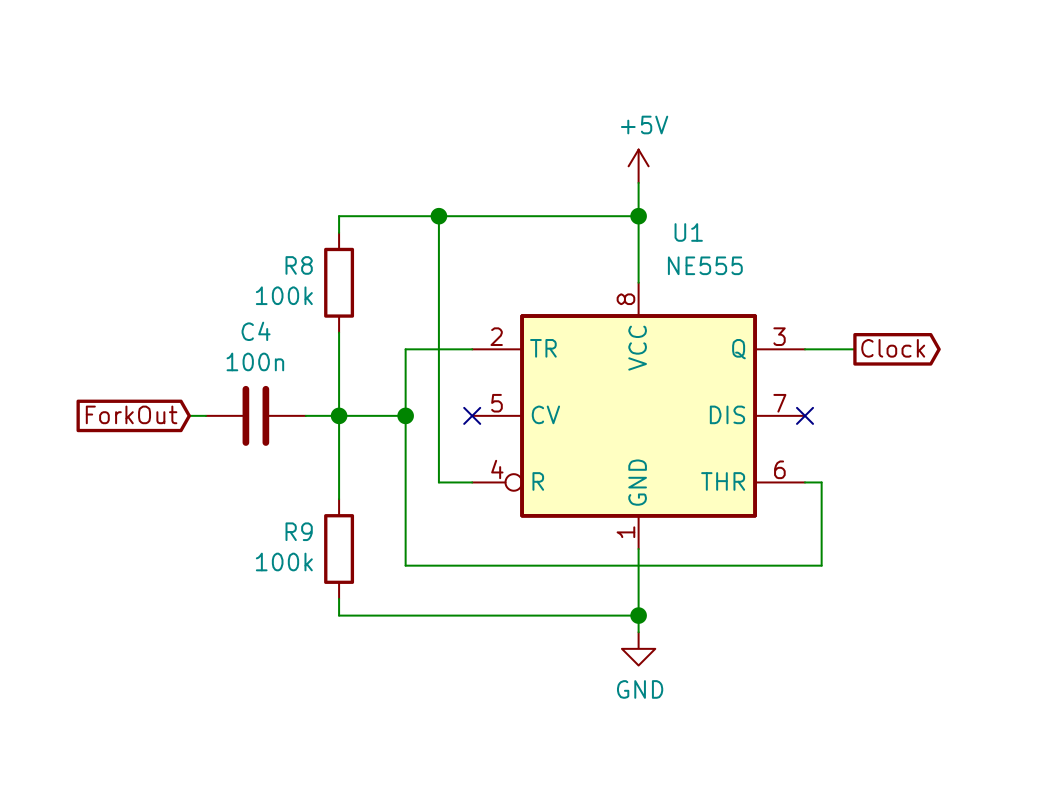
As a last step the signal from the sense coil is also fed into a 555 which ensures that the analog signal from the sense coil amplifier is suitable for a digital input pin on a microcontroller.
Read more » Kris Slyka
Kris Slyka



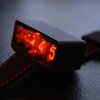


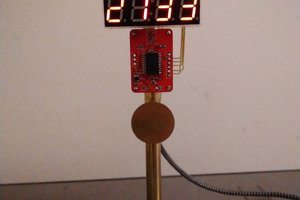
 Pierre-Loup M.
Pierre-Loup M.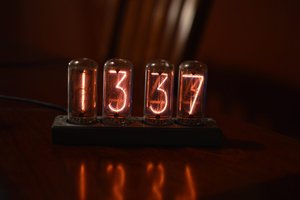
 Gary Marsh
Gary Marsh
 Ken Yap
Ken Yap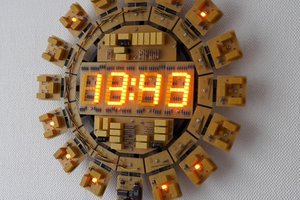
 Dave Gönner
Dave Gönner
Bigger please! :-)
http://4.bp.blogspot.com/-70Gmpw3vfdc/UcHNKezcMPI/AAAAAAAAAuc/ZT7lT2f3PzA/s1600/From+Beyond+[1986]+-extended+cut-.avi_snapshot_00.01.19_[2013.06.19_14.30.23].jpg